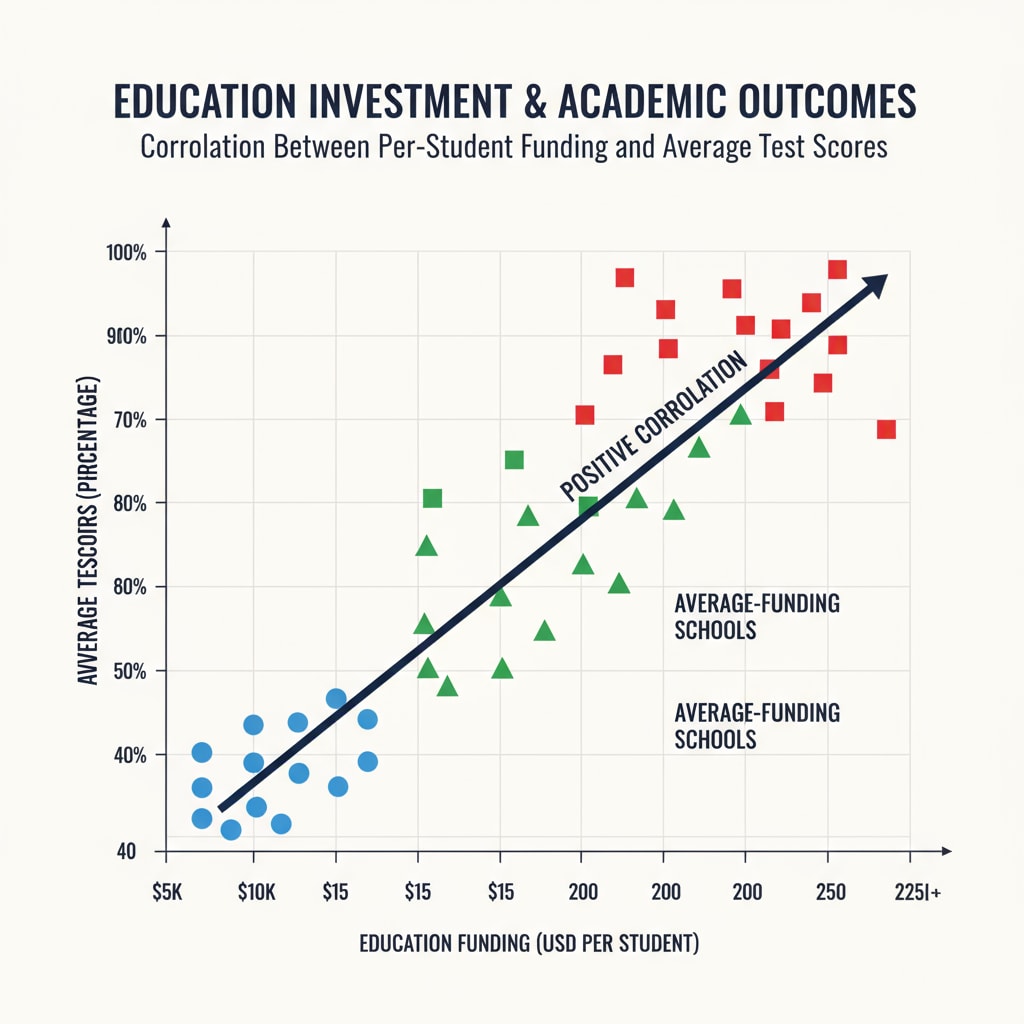Education funding, test scores, and federal policies have long been intertwined in the American education system, and this relationship has had a profound impact on the priorities of schools. The “No Child Left Behind” policy, for instance, has been a significant driving force in shaping how schools operate. This policy, along with other federal funding initiatives, has made schools place excessive emphasis on attendance and test scores, often at the expense of the true nature of education.

The Influence of Federal Policies on School Focus
Federal policies, especially those related to education funding, have set clear metrics for schools. Attendance and test scores have become the key indicators of a school’s success. As a result, schools are under immense pressure to ensure high attendance rates and improve test scores. For example, schools may implement strict attendance policies, with some even offering incentives for students to come to school regularly. This focus on attendance, while important, can sometimes overshadow other aspects of a student’s educational experience. No Child Left Behind Act on Wikipedia

The Overemphasis on Test Scores
The emphasis on test scores is another consequence of federal education policies. Teachers are often pressured to “teach to the test,” focusing their instruction on the specific content and skills that will be tested. This can limit the breadth and depth of learning, as creativity, critical thinking, and real-world application may take a backseat. In addition, students may experience high levels of stress due to the pressure to perform well on these tests. Education Policy on Britannica
Furthermore, the current funding allocation mechanism tied to these metrics can be questioned. It seems that schools are rewarded more for achieving high test scores and attendance rather than for providing a well-rounded education. This has led to a situation where schools may cut back on art, music, and physical education programs to focus more on core subjects that are tested.
Readability guidance: In this section, we’ve presented the problems caused by federal policies in a clear and concise manner. Each paragraph has a clear main idea, and we’ve used examples and transitions like “for example” and “in addition” to make the flow smooth.
So, what are the possible alternative solutions? One option could be to base education funding on a more comprehensive set of criteria. This could include factors such as student engagement, progress in non-tested areas, and the overall well-being of students. By doing so, schools would be encouraged to provide a more balanced education.
Another alternative is to focus on teacher training and professional development. Teachers should be equipped with the skills to teach in a way that fosters critical thinking and creativity, rather than just preparing students for tests. This would require a shift in the approach to teacher education.
In conclusion, it’s essential that we reevaluate the impact of federal education funding policies on school priorities. We need to move away from the narrow focus on attendance and test scores and embrace a more student-centered approach to education. By implementing alternative solutions, we can ensure that our schools are providing a more meaningful and fulfilling educational experience for all students.
Readability guidance: In the conclusion, we summarize the main points and emphasize the need for change. We’ve used simple language and short sentences to make the message clear.


